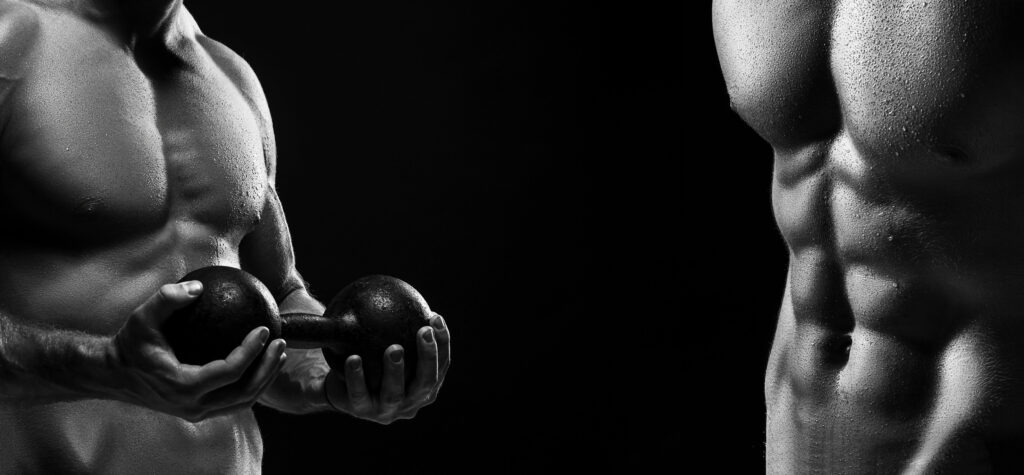Achieving a certain physique, whether it’s skinny or muscular, often stems from personal preferences and societal influences. Historically, beauty and attractiveness standards have changed and evolved, influenced by cultural, economic, and societal factors.
In some eras and cultures, a fuller figure was deemed attractive as it was seen as a sign of wealth and prosperity. In contrast, other periods and societies have valued a leaner physique, associating it with grace, discipline, or modernity. In today’s world, many associate a toned, athletic physique with health, fitness, and vigor, leading to an increased appreciation for muscular bodies. Popular media, celebrities, and fitness trends play a significant role in shaping these perceptions.
On the other hand, high-fashion industries and some cultural norms lean towards valuing slender physiques, considering them elegant and refined. It’s also worth noting that perceptions can vary immensely from one individual to another; what one person finds appealing, another might not.
When it comes to achieving six-pack abs, it’s essential to recognize that this goal often straddles the line between the skinny and muscular ideals. While the abs become more visible at lower body fat percentages (often associated with a skinnier look), the muscular definition that creates the coveted six-pack appearance requires muscular development through strength training.
Whether skinny or muscular body types are more attractive is subjective and deeply rooted in personal and societal preferences. It’s essential to prioritize health, well-being, and personal satisfaction over fleeting beauty standards. If your goal is to achieve visible six-pack abs, it will involve both reducing body fat and building core muscle strength. Remember, attractiveness is multifaceted, and confidence in one’s body, regardless of its shape or size, plays a significant role in how one is perceived and how one perceives oneself.

